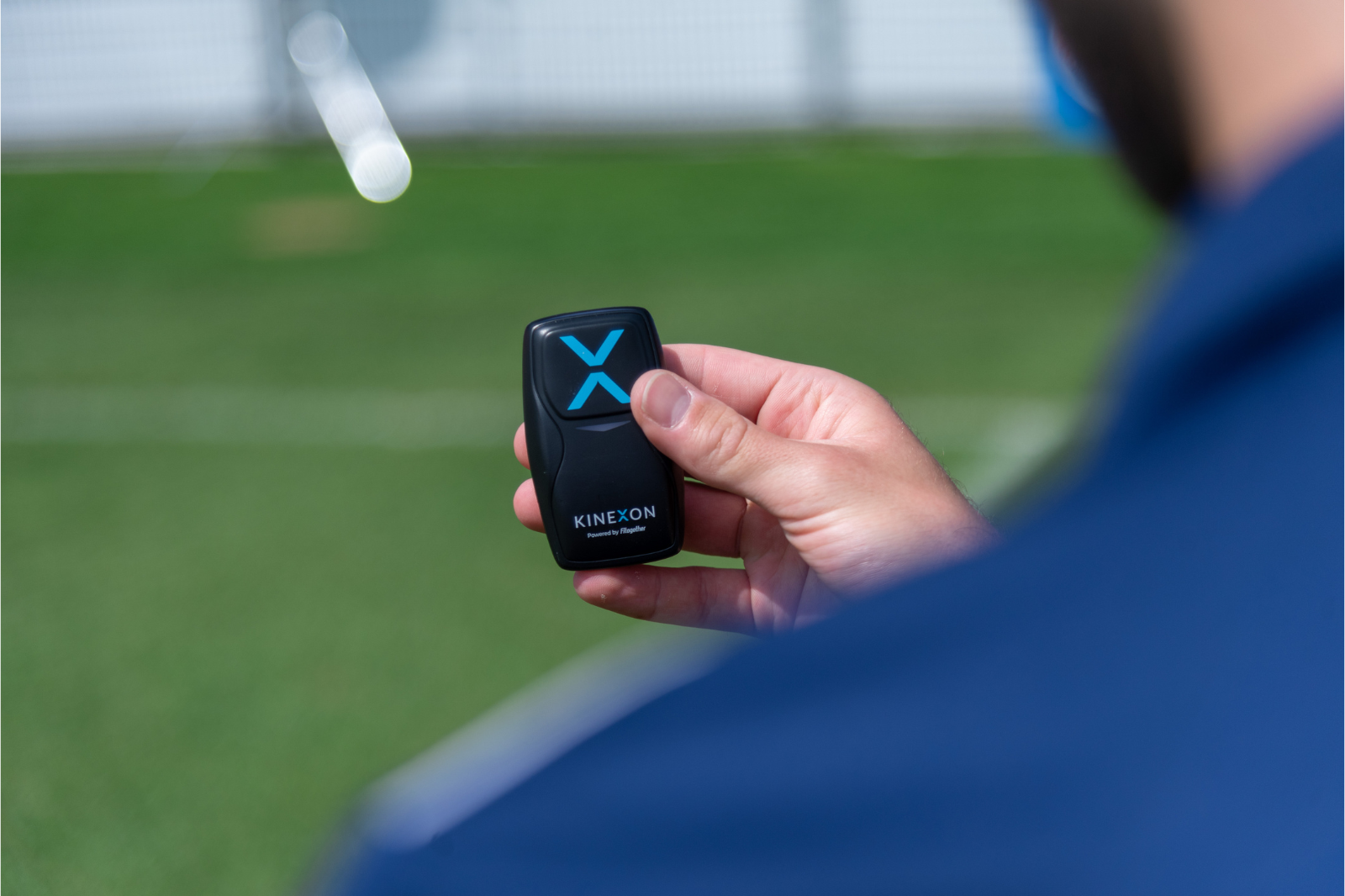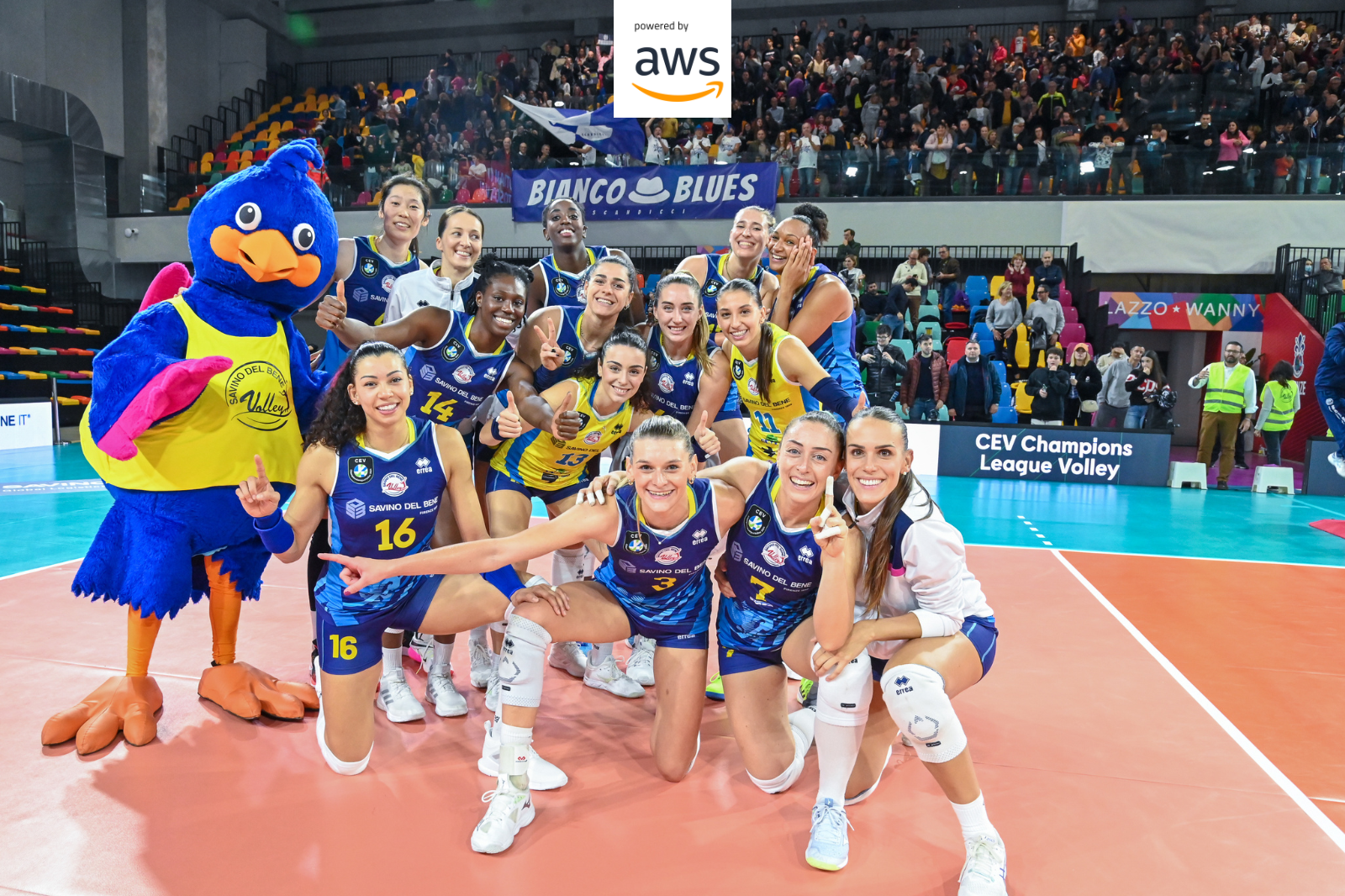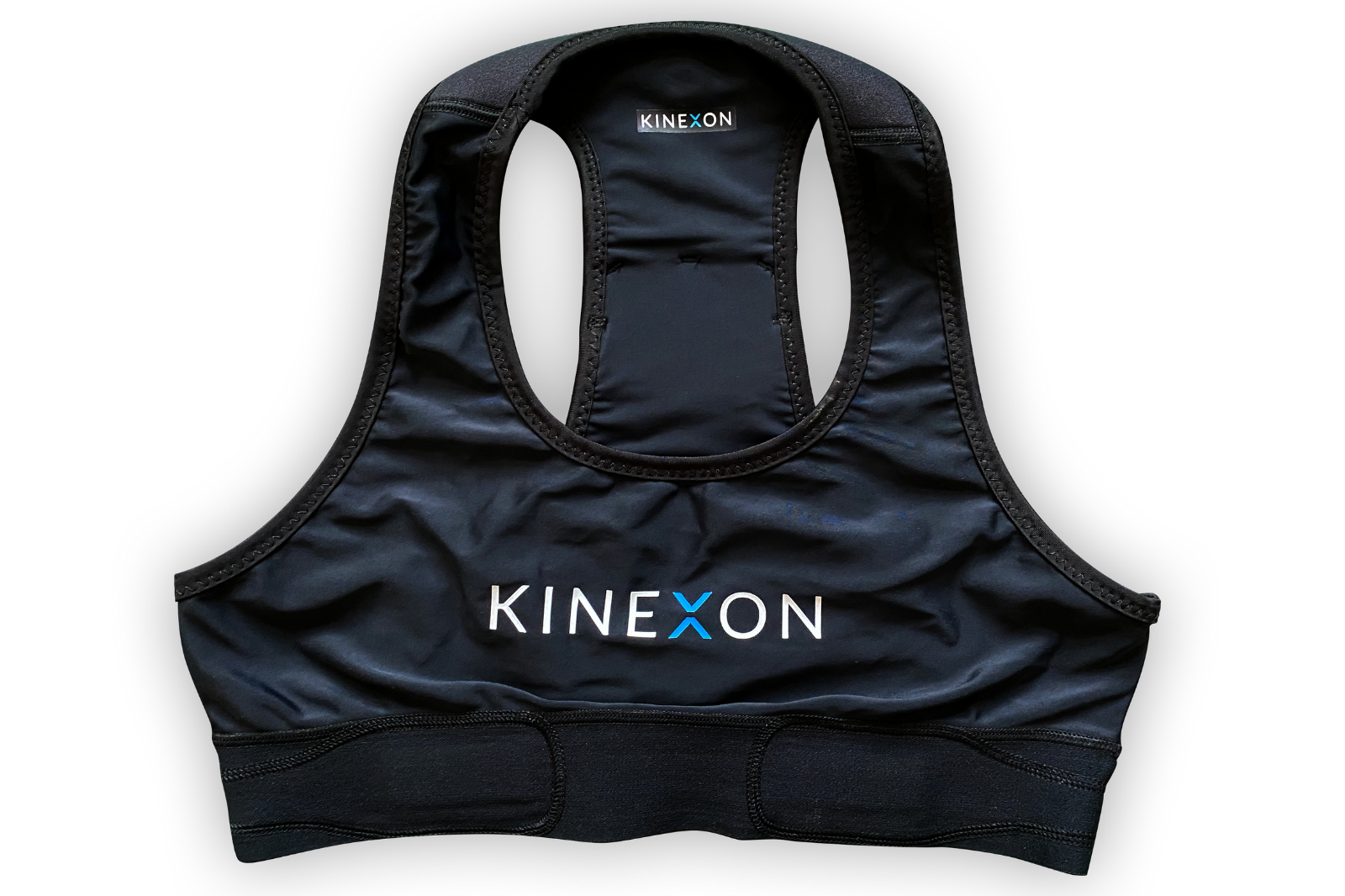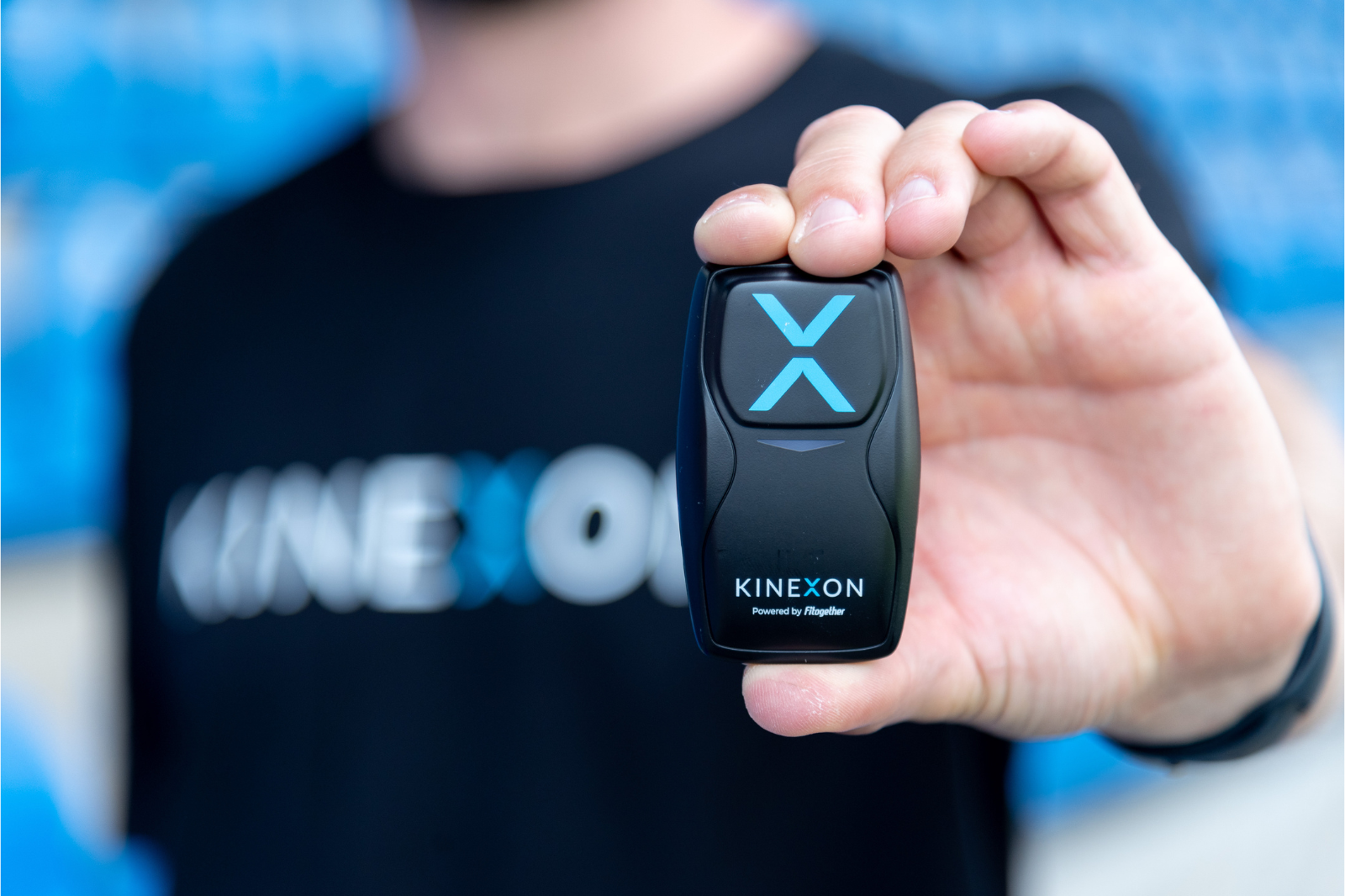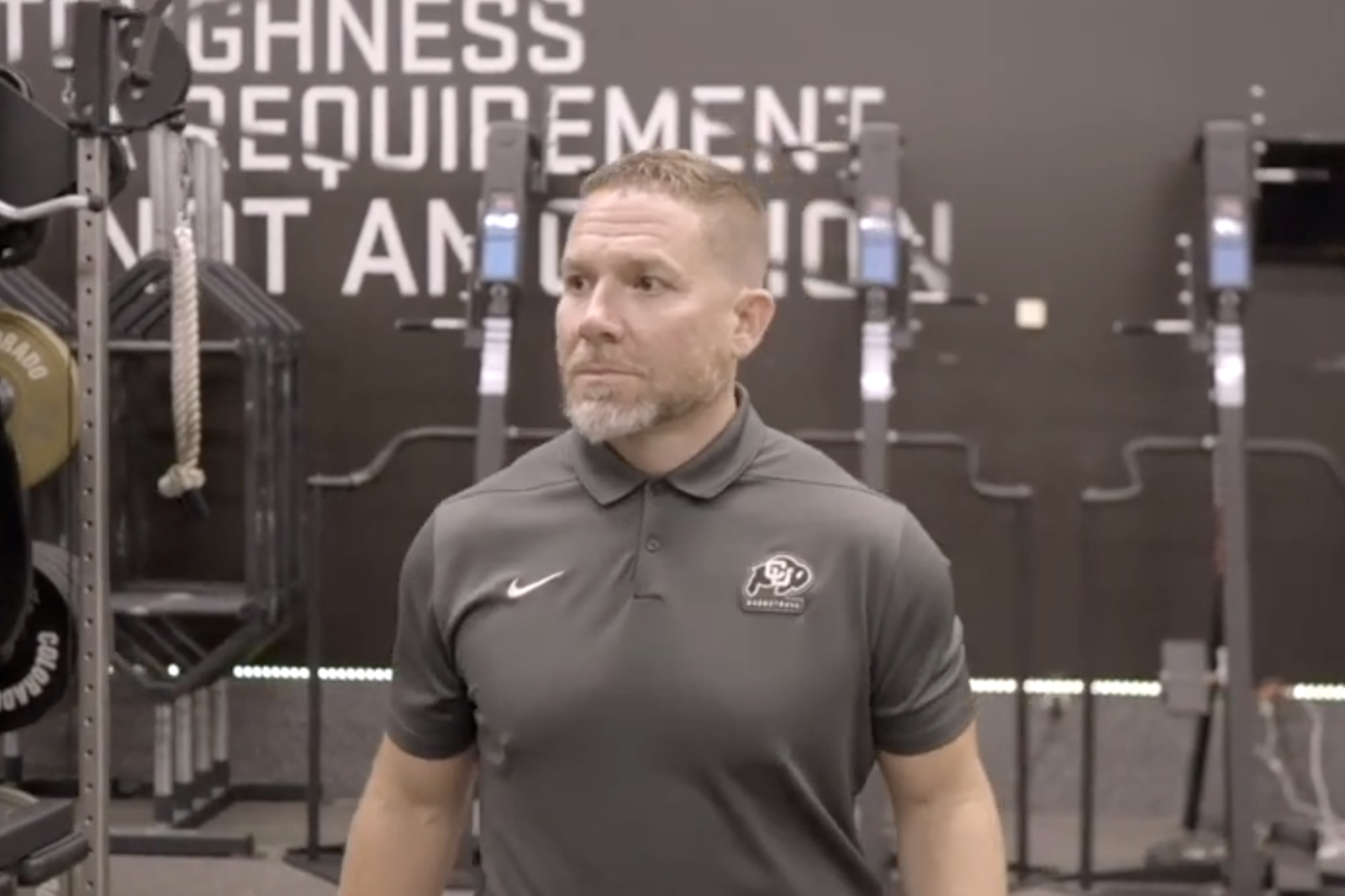Ease of Software Implementation: A Q&A about KINEXON OS
Companies today face numerous challenges when trying to implement new enterprise software throughout their digitalization journey — from IT resources being stretched thin to complex data silos or issues integrating with legacy systems. That’s why KINEXON puts ease-of-use and implementation front and center within its Location-based Process Automation (LPA) software KINEXON OS. We spoke with Mehdi Badache, Project Manager at KINEXON, and asked him 5 questions about how manufacturing and logistics companies can unlock unprecedented value, transparency, and optimization opportunities through a seamless implementation process with clear ROI.

1. Mehdi, implementing enterprise-wide software is a daunting task. How does KINEXON OS ease the implementation process for IT and OT users?
At KINEXON, we develop software with the end-user in mind, always. The software has an open and flexible architecture that seamlessly integrates with an existing technology stack. It is designed with a no code/low code approach, so our customers don’t continue to require IT resources beyond the initial implementation process. We offer a complete suite of end-to-end use cases such as container management, automated tool control, or order management, all the way to more complex or global processes like material flow automation, and paperless production. The low code/no code interface of the software allows users to easily add use cases after the deployment of the system. Apart from adding use cases, we also often see customers duplicating value-adding use cases across multiple locations. This is critical when customers are looking to customize and scale the software because OT teams can create user-friendly interfaces that meet internal requirements themselves, therefore reducing the strain on IT. This also enables more significant software adoption with its users due to the intuitive usability, supporting the complex change management challenges that often accompany digitalization initiatives.
2. In today’s fast-paced manufacturing and logistics environment, flexibility along the entire value chain is key. How does KINEXON OS enable full flexibility and scalability upon its implementation?
Absolutely. We see more and more with companies that they need to be agile and quickly adapt to meet the ever-changing needs of the customer and to respond to supply chain disruptions. That’s why we at KINEXON design software with superior flexibility at its core. With the open architecture of KINEXON OS, we can easily customize our solution to the customer’s requirements to optimize their operational processes while effectively responding to internal or external changes. The best part of this customization is that it is fully controlled by the client. They do not need to wait for prolonged timelines to get their requested features providing them with a shorter time to value. On the other hand, it also gives the customer full transparency into the customization process which simplifies the first level of support done by the clients. Usually, customized features have a hefty price tag, but with the low/code no code, customers don’t have to bear these added costs. They can enjoy maximum flexibility and customization in one single software. Essentially, KINEXON OS adds value through customization while keeping costs low – you get more while paying less. More importantly with the ability to merge in any external data sources, we can provide customers with a full picture of the digital twin. Sounds complicated? No worries it is as simple as a couple clicks and customers can integrate third party IT infrastructures such as ERP and WMS directly into KINEXON OS. Ultimately, with an accurate digital twin KINEXON OS can help companies optimize and automate any processes involving moving assets.
3. Can you tell us more about a typical timeline for the implementation process of the software?
KINEXON OS can essentially be up and running as quickly as the customer decides how much implementation time and resources are needed on their end. Once that is decided, their IT team can deploy our solutions on their cloud or on-premises. A typical timeframe would be 2 – 4 weeks. As KINEXON project managers, we are responsible for doing the initial configuration and setting up the system. Configuration of the KINEXON OS is a key step in the deployment of our solution. Once the system is configured, our KINEXON team then guides the customer through the onboarding and training phase of the project. The audience and content are determined in the pre-sales phase because they typically vary from one project to another. We set up customized training sessions to onboard all the users to make sure that they can be fully autonomous in using KINEXON OS. More importantly, this helps clients with the implemented use case and gives them the knowledge to scale use cases with no external help or additional cost. We also provide a full digital training portal that is always accessible. The portal creates a learning environment where users can engage and develop the skills required to use KINEXON OS. After the implementation is complete, customers can begin to customize use cases using features, such as an intuitive event engine, a filter layer, process monitoring, and process automation. After the initial deployment of KINEXON OS, we can begin to target process inefficiencies using features such as the process mining tool to help you uncover additional areas for optimization and automation. Once the inefficiencies are detected we can then add additional use cases to eliminate those inefficiencies that are costing money and effort on the customer side.
4. Given the wide range of applications and users for a software like KINEXON OS, what is the approach to data governance & user access for tenants?
When evaluating enterprise software, validating that tenant data is safe is one of the most important selling points a provider will offer throughout the selection process in addition to the typical contractual, auditory, and regulatory aspects. Transparency is essential in the decision-making process, and it is imperative for companies not to overlook this vital part of the supplier selection process. In our daily business operations, we make it a priority to protect our own data as well as that of our customers and partners. Our ISO27001:2013 certification goes to show that data security is and always will be a top priority at KINEXON. At the same time, KINEXON OS offers the user full flexibility and customization into how they want to govern and protect their data. As we know, companies need to know they can trust us to give them the best possible solution to govern their data. That’s why we guide the client through autonomously configuring their use case to our built-in tenants and changesets framework during the onboarding process.
5. What are the benefits of this tiered tenancy access structure?
This framework allows each user to have distinct roles and various levels of restricted access, enabling you to design your data tenant architecture to fit your organization. Each tenant, by default, is granted an “admin” role with the ability to add custom roles to each tenant and define specific permissions for each user. This will allow you to customize access levels based on specific job functions. For example, these granted permissions can be as detailed as one user’s ability to edit an object, or the ability to switch devices on and off. All these configurations are housed under a changeset which stores all configurations for the tenant. This gives you the ability to activate/deactivate certain changesets depending on the use case. More importantly, once a changeset is inactive, it is stored in the system, and any changes you make to an inactive changeset won’t affect the running system. Only the active changeset determines the system’s behavior (e.g., which events are raised). This feature allows the user always to go back to the previous version and ensure that the system is fully operational.
Thank you so much for speaking with us about the implementation process of KINEXON OS, Mehdi.
Curious to learn more? Take a look at our KINEXON OS video and watch our latest on-demand webinar here.
If you have questions, please schedule a discovery call with our IoT Experts today.

